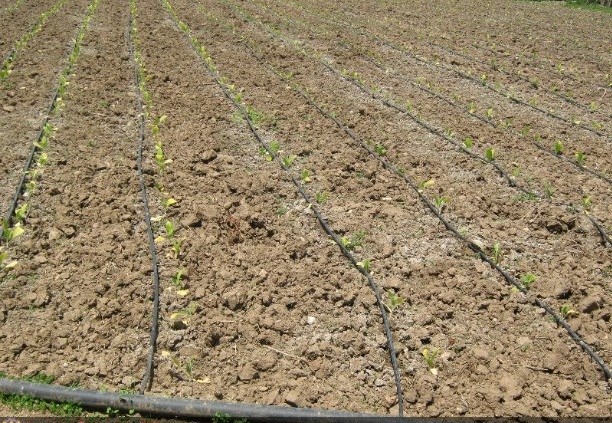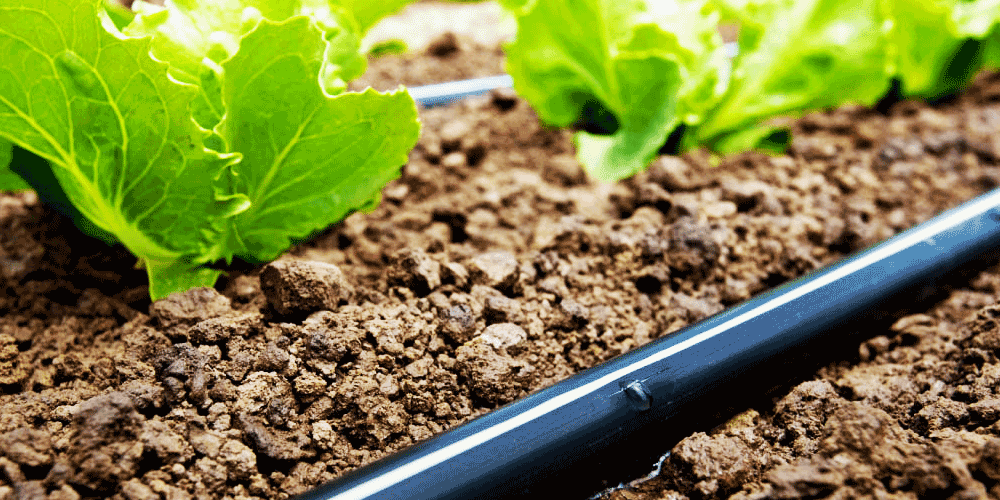To increase irrigation efficiency, the following measures will be useful: removing the maze of traditional and dredged mines and clearing slowing down factors such as thorns and weeds, as well as dredging and improving the drainage network and correcting dams by increasing storage volume. O them
Land fragmentation and improvement of land slopes with machinery and leveling equipment should also be prevented from paddy cultivation in sloping lands and mountain slopes as well as sea shores due to high water discharge as long as there are good arable lands in the plain. .
Modification and modification of traditional irrigation methods to pressurized irrigation system for other agricultural products.
Reducing the permeability of the bed soil if the type of soil is light and coarse-grained by increasing the clay and strengthening it, if it is not possible to cover the concrete due to high cost.
Develop a plan and implement a comprehensive plan for agricultural education and promotion.
Observance of the cultivation pattern by farmers and guaranteeing the purchase and sale of these products by the relevant government agencies.
Identify the types of plants that can be cultivated (cultivation pattern) in each region according to climatic conditions and water and soil
Determining the type and texture of soil in each region and its permeability.
Water requirements of the plant during the growth stages and determining the intervals of irrigation time for each plant according to the climate of each region, the amount of water mode required for each hectare and its quality in the region for each type of plant.
Coverage of water supply and sewerage canals in areas where a drop in water supply is evident.
Construction of dividing dams and valves and gabion dams by installing valves, dividers and measuring gauges.
Preparing and compiling a water circulation program and applying optimal distribution management in the operation of the relevant facilities. Because, unlike pressurized irrigation, surface irrigation systems require management work and careful monitoring of proper distribution rather than investment work. Although farmers are familiar with the experiment in this way, scientific advances and the transfer of technical knowledge to increase irrigation efficiency have not been passed on to farmers.

What is a superabsorbent ?
It is a soil additive that absorbs and retains water and nutrients and is associated with soil cultivation and helps the plant grow optimally, reducing water loss and irrigation costs. The base of these polymers is organic and they are produced artificially. They are made of potassium polyacrylate and polyacrylamide copolymers. Its unique feature is its high water absorption capacity and its preservation. These materials are not used in cultivated soil after continuous use. It does not change and plants do not contaminate living organisms in soil or surface water. Studies by the German Environment Agency and other countries have shown that the use of this substance has no side effects on humans, plants, soil and the environment. These materials absorb water about 500-200 times their own weight, however, after dehydration of dry grains, they create super-absorbent grains of gel seeds. Using this polymer, the irrigation cycle can be increased. These materials include three types of cations, anions, and neutrals. In agriculture, the anionic type is considered to have a negative charge. Anionic super attractions, with their high cation capacity, are able to absorb significant amounts of water, absorb effective and useful cations in plant growth, and prevent them from being wasted while providing them with the plant when needed. These materials are odorless, colorless and free of soil, water and plant tissue contamination.
Advantages of using superabsorbent polymers in agriculture
• Increase water and soil nutrient retention capacity for a long time
• Reduce the number of irrigation shifts by 50%
• Uniform water consumption for plants
• Faster and more optimal root growth by storing food
• Reduce the washing of water and nutrients in the soil
• Reduce irrigation costs
• Provide soil moisture
• Increase the suction capacity of superabsorbents and cation exchange in soil
• Maximize product production potential
• Faster and healthier growth of plants, especially in very hot and dry areas
• Optimal use of chemical fertilizers
• Protect roots on the soil from drying out during transport and storage of seedlings
• Better aeration in the soil
• Possibility of cultivation in desert areas and sloping surfaces
• Increased activity and proliferation of mycorrhizal fungi
• Stability and long-lasting super absorbent effect
• Strengthen porosity, nutrition and stability of culture structure











